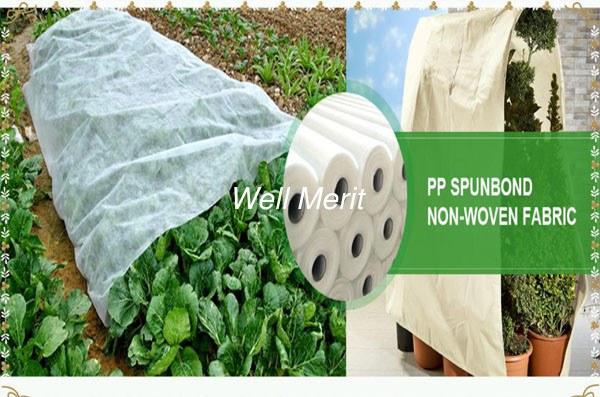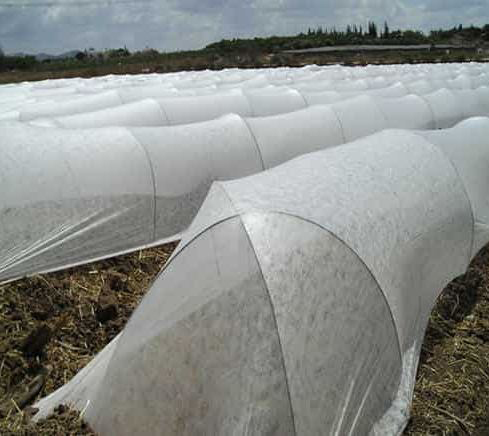
Non-woven industry development is a material that was born out of the petrochemical industry following the invention of plastic cloth (film). It is much lighter and ventilated than plastic cloth. It is used extensively in hygiene and medical products like facial napkins and sanitary napkins. towels. Later the application of engineering was made to it. Non-woven fabrics are used in vegetable production to guard against cold damage. Although the process of making non-woven fabrics differs from the production of plastic film, the fundamental raw materials are nearly identical. This comprises PVC (polyvinyl chloride) (polyvinyl chloride), PE (polyethylene), EVA (Ethylene Vinyl Acetate copolymer), PVA (polyvinyl alcohol) and other such items. You can make a thin plastic film from traditional plastic by melting it and inflating. The film is continuous; the material extends indefinitely. The surface of the film has no pores. It is inert and completely blocks any movements and exchanges of molecules. Following the expansion of the textile industry synthetic chemical fibers made from the above-mentioned ingredients have become the new fads of the business of textiles. The chemical fibers, however can be converted into cloth by traditional warp-weft weaving. The non-woven material is made by interconnecting fibers within the same plane at different angles in all directions. It's impossible to utilize traditional warp and weave methods. It is more durable than traditional woven fabric and can be produced from raw materials in a single day. The traditional method of drawing fibers into them and weaving them is eliminated, and the production cost is lower. The past few years have seen the introduction of the widest range of non-woven fabrics being used in the apparel industry. Due to the advances in material science, and the advancement and implementation of production technology nonwoven fabrics are becoming more diverse and are used more widely. Every day we come across diverse products and materials. Non-woven textiles are becoming increasingly well-known in the agricultural sector due to their simplicity of production, lightness, versatility with low costs, and many applications. Follow this non woven landscape fabric for tips.

Non-woven Materials in the Agricultural Industries. Non-woven textiles were first utilized in Europe to cultivate crops in the year 1978. This was to keep carrots cool in order to harvest early and to battle tomatoes leaf virus. Non-woven fabrics are used for mulching tomatoes, sweet peppers and sweet potatoes along with carrots, root vegetablesand and carrots. They also assist in the development of other vegetables such as cabbage, lettuce, lettuce, and radishes. They are used to keep heat in check and also for early harvesting. Non-woven materials are great to cover surfaces like grass-proof mats. They can also boost the temperature of soils by keeping water. In order to ensure that roots fully absorb water, short fibers can also be used to create blankets that absorb water. They can also be used as a bottom substrate for turf production or as a garden grassland to help in watering, drained, and even dividing the garden. They are also used as plant bags for larger trees, such as fruits trees and garden trees. Non-woven fabric is also used in Taiwan for covering crops. They are also extensively used to lower energy consumption in large greenhouses. Double-layered curtains and canopy covers reduce heat dissipation and radiation at night. TAVIK fabrics are non-woven, spun-bonded non-woven TAVIK fabrics with high densities were first used to shade and protect the cauliflower bulbs. Because of its superior shading capacity, lower thermal conductivity and simple recycleability, it quickly accepted by farmers. In the following years, it was utilized for heat preservation as well as insect-proof cultivating of leaf vegetables. It also was used as a shade and for heat preservation and cultivation for fruit trees and pineapples. Because of Taiwan's unique environment and climate, non-woven sector growth has been slow. Taiwan non-woven fabric manufacturers continue to innovate non-woven technology that focuses on air permeabilityand water absorption and water repellency of non-woven materials. It is now focusing on the preservation and storage of agricultural products. Follow this agriculture non woven fabric suppliers for more info.
